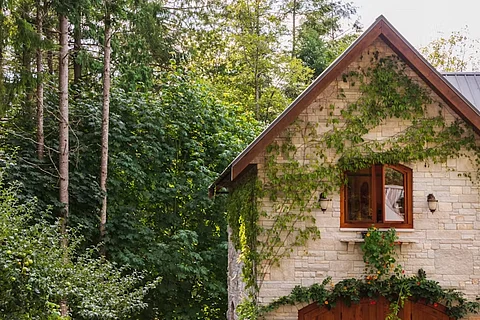
- News
- Women
- Magazine
- IndustryIndustry
- InsightsInsights
- Success Stories
- PublishPublish
- ContactContact
- Media KitMedia Kit

Two popular options for homeowners looking to generate income from their property stand out: vacation rentals and long-term leasing. Each comes with its own financial rewards, challenges, and lifestyle implications.
Whether you own a second home, a spare room, or an investment property, choosing between short-term and long-term rentals can significantly impact your return on investment (ROI), time commitment, and peace of mind. Below, you will learn more about the risks and benefits of each option to help you choose the one best for your needs.
Vacation rentals are usually listed on platforms like Airbnb and Booking.com. They can be an appealing option, especially in high-demand tourist areas. The pros and cons of this option are:
One of the greatest advantages is that homeowners can charge premium nightly rates, particularly during peak seasons, holidays, or local events. For instance, a property fetching $1,500 per month on a long-term lease might earn that amount in a single week as a vacation rental.
Additionally, vacation rentals offer great flexibility. Owners can block off dates for personal use or last-minute stays. This makes short-term renting ideal for those who want occasional access to their property while still earning from it. With guests coming and going, you can monitor the property more frequently and address any issues quickly.
This model requires more active management; each guest turnover involves cleaning, restocking, and communicating with new renters. Frequent bookings also mean more wear and tear, increasing maintenance costs.
Managing bookings, inquiries, cleaning schedules, and guest support can also be very time-intensive, especially without a property manager. Many owners outsource management to professional services, which can eat into profits.
If you have been thinking of having a home with a build to rent model for long-term leasing, consider the following pros and cons:
Long-term leasing provides a good option for a steady, stable income. Monthly rent provides consistent cash flow, making budgeting easier, and there’s also a lower vacancy risk. Tenants typically sign six-month or 12-month leases, reducing the need to find new renters constantly.
Management is easier with this option. There’s less day-to-day work, and you don’t have to worry about frequent guest communication, cleaning, or key handoffs. Fewer check-ins and check-outs also mean fewer frequent repairs, cleaning, and property staging. Long-term tenants also handle most of their utility bills and require fewer frequent maintenance visits, reducing operational costs.
This option also comes with some risks. Running into troublesome non-paying tenants is a possibility. Dealing with them through eviction can be a long, stressful, and costly legal process. You also have less control over your property, and you’d be unable to inspect or use the property as freely or frequently. Long-term tenants may also cause gradual damage or neglect upkeep, especially if they don’t treat it like their own home.
Additionally, long-term leases typically generate less total income when you compare them to short-term rentals, especially in tourist-heavy areas. The rates are also locked in, and you can’t easily adjust rent mid-lease if the market value rises.
Vacancy issues are also a possibility. If a lease ends at a bad time (like during winter), it can be hard to find a new tenant immediately.
Choosing the correct option depends on location, goals, and willingness to manage the property. If you live in a tourist-friendly area and are open to hands-on involvement or hiring a manager, vacation rentals might offer higher returns. If you value steady income with less hassle, long-term leasing is often the better route. Either way, running the numbers, understanding your market, and staying compliant with local laws will help you make the most profitable and sustainable decision for your home.
Follow us on Google News
